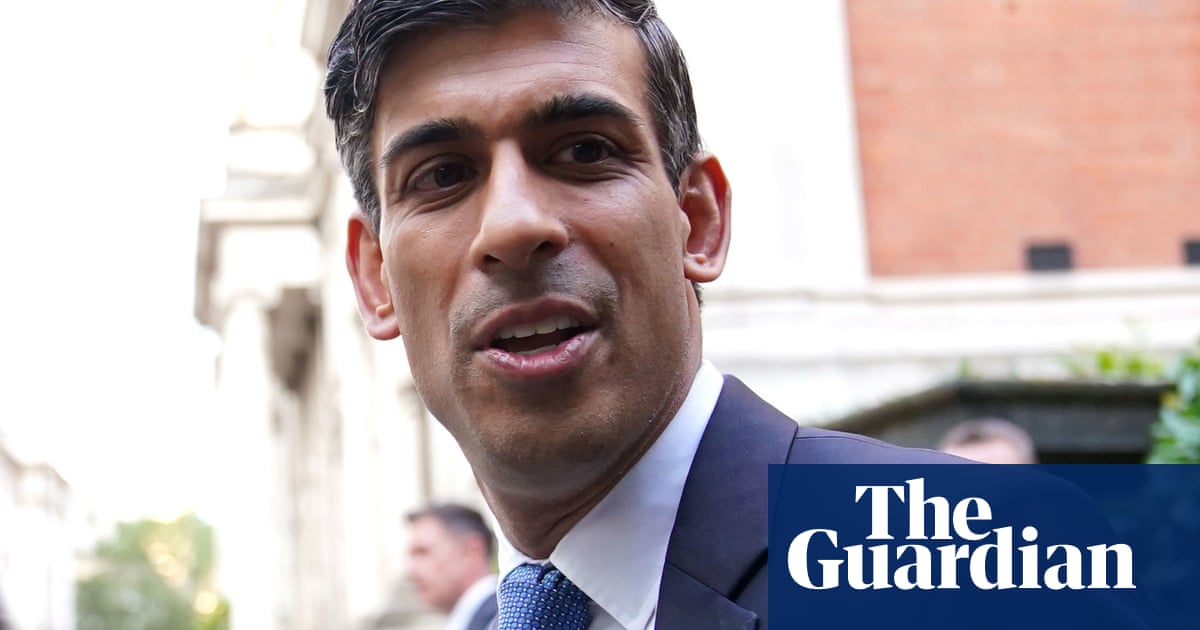
Successive Conservative chancellors from Rishi Sunak to Jeremy Hunt have frozen income tax thresholds for the past four years.
The policy results in what is known by economists as “fiscal drag” – when tax thresholds do not keep up with the rising cost of living, pulling more people into higher tax brackets.
This raises a lot of money for the government. Last November, the OBR estimated that an additional £26bn would be raised by freezing the income tax personal allowance at £12,570 and higher rate threshold at £50,270, relative to allowing the tax brackets to rise in line with inflation.
This visual explains the process of fiscal drag and how more people have been quietly pulled into higher tax rates over the past decade. Scroll down to see the changes over time.
The data on historical income distribution and taxpayer figures is sourced from freedom of information responses from HMRC, and was compiled from the Survey of Personal Incomes. The original income distribution data is grouped into £1,000 bins in the chart. The numbers of working-age population are rounded to the nearest thousand. The highest income band (£350,000) has no upper bound. Data for pay bins for which the number of people is not available – due to small, negligible or not applicable sample size – is treated as zero.
While the numbers included in the piece show all income tax payers including state-pension earners, the chart plots only working-age people. This is due to the availability of data from HMRC.
The working population (below state pension age) has increased from 65 for males and 61.5 for females in 2012-2013 to 66 for males and females in 2023/2024. This factor, combined with population growth, contributes to the increase in the total number of income tax payers.












